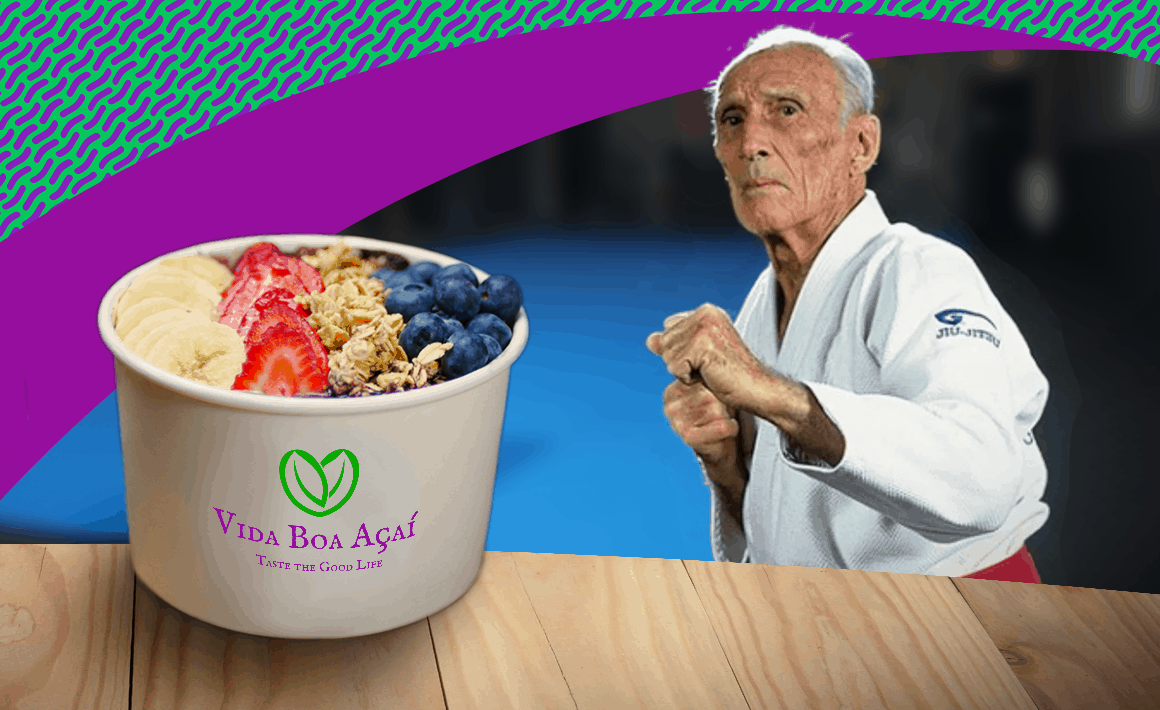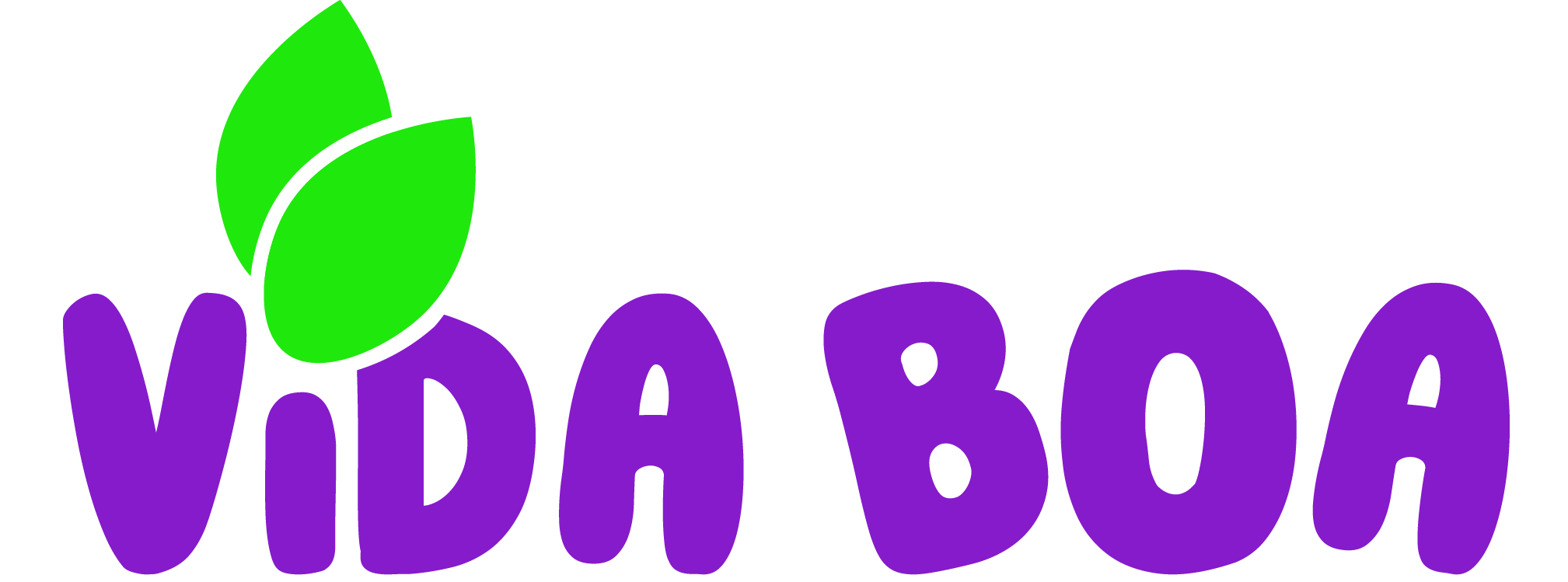
How acai became known worldwide through Jiu Jitsu
Acai has been around for thousands of years, growing abundantly in the heart of Amazon rainforest and feeding thousands of Brazilian families. But the world would only discover its delicious taste, and the health benefits that it brings, a few decades ago. And it all happened thanks to the younger, smaller brother from a family of warriors.
So hold your acai bowl closely, because today we’ll travel to 20th century Rio de Janeiro, where the dynasty that created UFC also made acai internationally famous.
The relationship between acai and Brazilian Jiu Jitsu
In the early 1900s, thousands of Japanese families emigrated to Brazil, settling in the north of the country, around the edges of Amazon rainforest. And, to welcome and support them in their new home, a very traditional Japanese school of Judo decided to send one of its younger masters as an ambassador to Brazil.
Shortly after arriving in Belém do Pará (one of the main cities in that region), this young master known as “Count” Koma befriended a local Brazilian family, still unknown to history, who’s name would become synonyms to Mixed Martial Arts. But we’ll still get there.
Through Koma’s teachings, Judo found fertile ground amongst the açaizeiros (the acai tree) in Belém. And, of course, amongst the Count’s best apprentices were the sons of his Brazilian friend: Carlos and Hélio. If you ever watched the UFC fights on saturday nights, you probably know them as The Gracie Brothers.
Know more about the origin of acai.
Until this day, Hélio, the younger and shorter brother, is known as the founding father of Brazilian Jiu Jitsu. He and Carlos are also known for the indirect creation of MMA and of the most popular fighting championship in the world, UFC.
Their descendants are probably the most prodigious dynasty of fighters in recent history: there are so many champions with the name Gracie that one could wonder if there’s something different in the water they drink.
And, in fact, there was.
The fruit and the Gracie Diet
When the young Hélio Gracie (shorter and thinner than most professional fighters) started to win competition after competition against champions all over the world, people inevitably became curious about his diet. And, being a true native from Pará, his daily meals wouldn’t go without a good portion of Açaí.
Soon, acai became the darling on Rio de Janeiro’s beaches, where the Gracie brothers had their school. It was only in the early 2000, when a couple of American surfers traveled through Brazil and fell in love with the fruit, that acai made its way into LA beaches, starting its international tour.
And a lot had to change before the dark-purple coconut of Iasã could travel from Amazon to the USA on a larger scale. Discover the benefits for the post-workout meal
The creation of Bowls
While acai has been around for a couple of millennia, its bowlish, creamy and sweet form is a recent innovation. After a couple years, the story of the surfers that pioneered acai in LA reached an Brazilian engineer and gave him an idea.
To reach a larger public abroad, Ben Hur Borges decided to combine the novelty of acai with another Brazilian iconic product, already well known outside the country: the guaraná. The sweetness of the eye-like fruit not only made acai more palatable, but also easier to travel.
Facing an Açaizeiro, an unaware observer would probably mistake its fruits for something like a soft blueberry. But don’t let the coconut’s inviting appearance mistake you: before being milled, raw acai is so hard it’s almost impossible to eat.
After its harvest, the milling process must take place in the next 24h, as the only way to preserve its flavor and color. And, without processing, acai must be consumed soon, or it starts to oxidize and lose its delicious taste.
To travel abroad, the strictest rules are imposed on its processing, to assure the quality of the fruits crossing the border. Almost all of the Açaí sold outside the North of Brazil is mixed with water and guaraná syrup, then it’s pasteurized and frozen.
Do you wanna taste the best acai bowl in Brazoria County? Get to know our menu and come to a visit in Vida Boa Açaí, in Lake Jackson.

